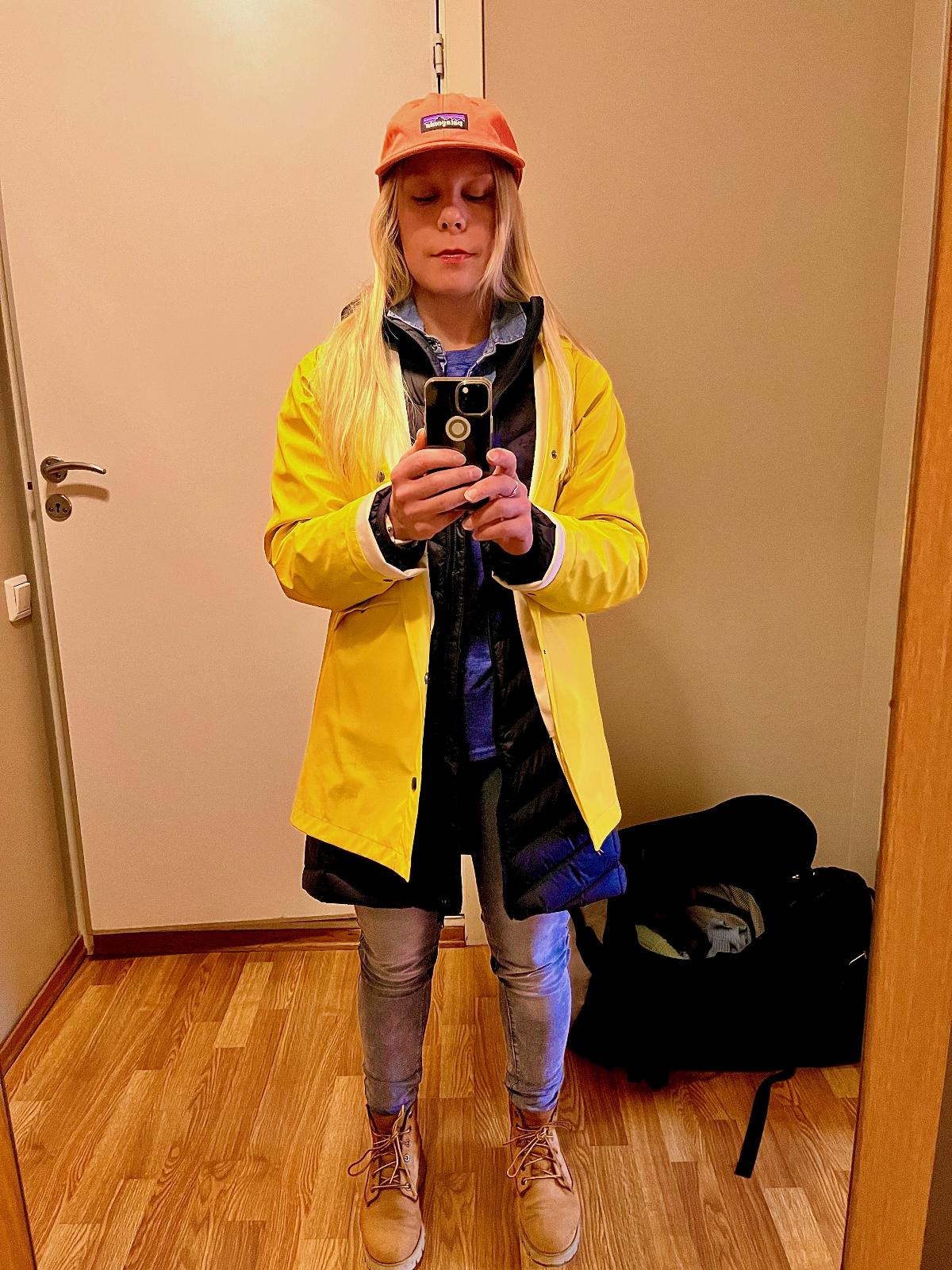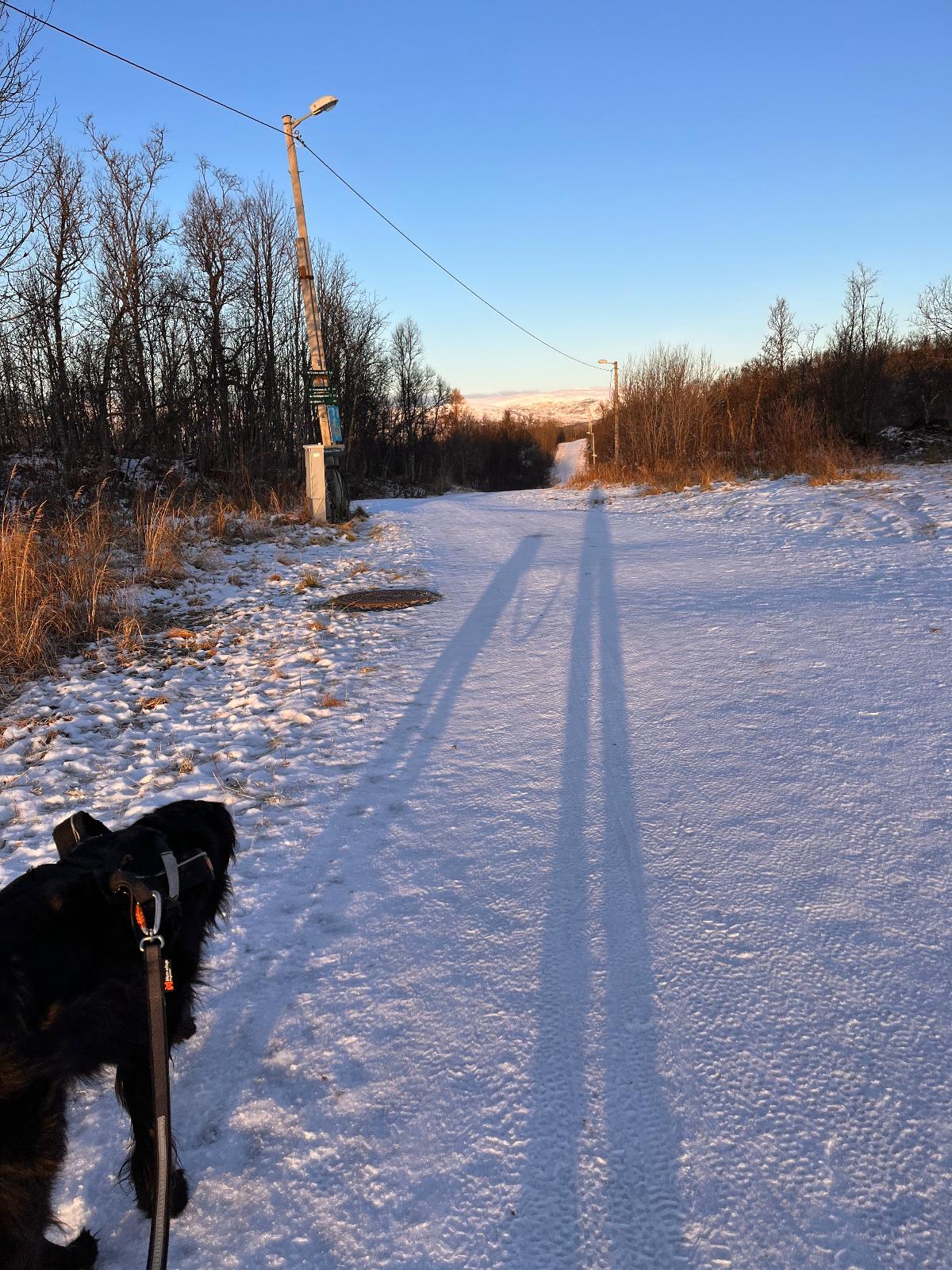Humanity’s memory
by Tarja Tuulia Salmela

Writing these words in November the 9th, 2023, it has been three years, eight months and thirteen days since the first case of the SARS-CoV-2 was reported in Norway. The first COVID-19-related death infection in Norway occurred 26 days later.
We all know how time flies, but hold on for a second. It has been almost four years since the pandemic took over our lives, changed our travel patterns and dynamics, and brought lasting changes to our workplace arrangements and so much more. Life seemed to stand still while intensifying at the same time. Everything suddenly became (too) proximate to us, and while some of us could not wait to escape the four walls of our homes, others found a deeper sense of comfort in a society with fewer people, cars, airplanes, metros, and trams occupying shared public spaces. Not least, the non-human cohabitants of our shared planet found new possibilities to live their lives in a world less crowded by people.
When considering what is important to write about, with, and from, I chose to focus on the temporalities of the 'sticky' virus and its accumulation into a global pandemic. Perhaps, thinking about the temporality of COVID-19 can start with memory. Here, I do not refer to memories of our lives occupied by the virus (like I did at the beginning of this text), even though it would make for an interesting piece of writing as well. I am talking about the memory of our humanity.
”Humanity's memory is short, and what is not ever-present fades quickly," said Yale Medicine infectious diseases specialist Manisha Juthani in an interview by Yale Medicine in 2021. How quickly has the COVID-19 pandemic faded from humanity's memory, or has it? How has COVID-19 become occasionally present, and in which situations and contexts? While for many of us, COVID-19 seems to be in the past, global news coverage disrupts any future prospect of life without the virus. Before writing this text, I scrolled through the Norwegian Broadcasting Corporation's (NRK) news coverage related to COVID-19. This was to remind myself of the many realities of the virus that keeps on re-creating itself in different variations, traveling, entering, and exiting - emerging and dying, only to take another form to continue living. Scrolling, clicking, and pausing was thus a process of making present. I thought it would be important to share the process of making present with you who are reading. As our time together in the frame of this text is limited, I only trace events since last July 2023 and have chosen only a few among many more:
3rd of July, 2023: Mange får nei til vaksine-erstatning. Efforts to obtain compensation in Norway for illnesses allegedly caused by COVID-19 vaccinations are usually unsuccessful, with a ratio of 1/3.
18th of August, 2023: WHO og USA overvåker ny type koronavirus. A new virus variant, named BA 2.86, has been identified in the USA, Denmark, and Israel. The variant is described as being in a battle against previous variants. Another virus variant war is taking place within our bodies and relations with other bodies.
18th of august, 2023: Ett bekreftet tilfelle av ny koronavariant i Storbritannia.The new BA 2.86 virus variant is entering Great Britain.
24th of August, 2024: 68 millioner i ekstrem fattigdom etter pandemien. The pandemic and 'rising prices' (without further clarification) have pushed almost 68 million people into extreme poverty in Asia and the Pacific region, according to the Asian Development Bank.
30th of August, 2023: Den nye koronavarianten er registrert i Sverige. The BA 2.86 virus variant continues to travel north. Four people have been identified as carrying the new virus variant in Sweden. The virus is spreading geographically wide and fast.
30th of August, 2023: FHI: Sannsynlig at ny koronavariant er i Norge. The BA 2.86 virus variant is suspected to already be present within Norwegian borders, even though it has not yet been identified in clinical tests. (Later that day, it was announced that the virus variant had infected people living in Norway.)
6th of September, 2023: WHO bekymret for ny koronabølge. The World Health Organization (WHO) expresses concern about the development of COVID-19 ahead of the winter season in the northern hemisphere and calls for increased vaccination and surveillance.
31st of October, 2023: FHI: Økt risiko for dødfødsel etter infeksjon med covid-19. A new Nordic study reports that COVID-19 infected women during pregnancy had an increased risk of stillbirth, according to the Institute of Public Health. The increased risk was particularly related to the period when the delta variant of the virus was circulating among the public.
Humanity's short-term memory is contested as the virus enters processes of human reproduction. It is contested when we are reminded of COVID-19's complex relations to inequality and poverty. It is contested when the virus becomes intimate with humanity through our living conditions that are guided by nature: those of us living in the North start to gather indoors more frequently as the winter months approach, providing a perfect environment for the virus to live among us, become a part of us.
Humanity's memory. What can humanity learn from the mutating virus? Its stubbornness, its evident desire to keep on living, to be a part of our society and the world by causing trouble? Donna Haraway (2016) famously stated how important it is for humankind's survival to learn to live with the trouble. Haraway did not know about the COVID-19 pandemic back then, and these troubling times can take Haraway's theses to new heights. But what does Haraway have to say now? In an interview with Katherine Bryant and Erik Wallenberg back in 2020, Haraway was led by journalists to discuss the ways in which global crises (the pandemic, global warming, and crises of extraction) are all profoundly interrelated and co-constitutive. This came naturally for Haraway, as relationality is at the heart of her legacy. But instead of talking about interrelations and co-constitution in broad, general terms, Haraway painfully situates her analysis of the pandemic. She alerts us to the destruction, oppression, and extraction of lands and their people who have to bend over to serve capitalist developmentalism in pandemic capitals of the world, including the Navajo Nation in the United States. She states: 'the pandemic heightens and intensifies the suffering in the face of dependent sovereignty, disinvestment, extraction, and the convergence of these problems' (Bryant & Wallenberg, 2020) - the problems being the different modes of extraction (coal mining, fossil fuel energy production) in lands where their people do not have access to clean water and electricity.
Humanity's memory challenged. What Haraway is so skillful at is the way she revisits the pandemic that, at first glance, appears so wide and far-reaching that it escapes our comprehension as an utterly intimate matter that both has its particularities in any given place - its people, histories, futures - and is related to other places, people, lands, histories, and futures. Haraway says:

As we learn from Haraway's interviews, texts, and public speeches, this situated knowledge - 'to cite the beginning of thinking someplace, not from the sky, but someplace' (Bryant & Wallenberg, 2020) - locates yet spreads outwards from particularities. To cite the beginning of thinking someplace forces us to consider the COVID-19 pandemic as related to wide, far-reaching, almost incomprehensible elements. Here, I refer in particular to the burning issues of capitalism. Suddenly, the BA 2.86 virus variation traveling northbound becomes political throughout. To grasp this relation between the intimate, situated, and a system like capitalism requires concepts to guide us. Stay with me here.
To talk of the 'capitaloscene,' as suggested by scholars across disciplines, as a concept to point out the power structures and power imbalances within the profound human imprint on our shared planet, is much needed. Haraway argues that her proposal of the concept 'Chthulucene' - 'a kind of timeplace for learning to stay with the trouble of living and dying in response-ability on a damaged earth' (Haraway, 2016, p. 2) - does not replace the capitaloscene but works as its companion concept. The capitaloscene guides us to consider how the impact of humankind on planet Earth is tightly entangled with capitalist endeavors, the growth mindset, and the lure of 'progress,' while 'living-with and dying-with each other potently in the Chthulucene,' Haraway (2016) states, 'can be a fierce reply to the dictates of both Anthropos and Capital' (p. 2). The COVID-19 pandemic, and the different virus variations traveling the world by becoming one with humans and non-humans as its central agents, is as such both an embodiment of capitalism and living-and-dying-with-each other in the world of capitalist ruins.
Anna Tsing (2015) sees hope in living in capitalist ruins. However, Tsing, like Haraway, states how 'progress stories have blinded us' (Tsing, 2015, p. viii). Referring to the ecological relations (including humans) as the first world and capitalist transformations of the environment as the second world, she has the strength to write about a third world: 'like virtual particles in a quantum field, multiple futures pop in and out of possibility; third nature emerges within such temporal polyphony' (Tsing, 2015, p. viii). This third nature is the one she builds in her book, a nature 'that manages to live despite capitalism' (p. viii, emphasis added). Humanity's memory. What are the ways in which we have learned to live in capitalist ruins, together-with-and-as-part-of the virus? What are the ways in which we could learn to live... better? Is it the third world that Tsing crafts in her book, and Haraway's Chthulucene, finally an era where we become response-able and learn to practice response-ability (Haraway, 2016)? Response-ability is more than responsibility. Haraway (2016) writes: 'response-ability is about both absence and presence, killing and nurturing, living and dying - and remembering who lives and who dies and how in the string figures of naturalcultural history' (p. 28). Humanity's memory.
Where and how to go from there? I end this text by taking an initiative to dig a deep enough hole into the very nature of 'humanity' to see the passageways of other mortal critters that cross with ours. Digging a hole to join others and their passageways is not taking part in a war but addressing a global emergency. Humanity's memory's short lifespan is, I argue, a story that lulls us humans under its influence into a belief that it is alright to forget. Revisit your local and national news feed where seemingly irrelevant, distant stories start to emerge as intimate. Talk to that friend, relative, or colleague who lives her life in fear of contamination due to her own or a close one's vulnerability in the co-existence with the virus or its certain variation. Don't lull yourself into the simplifying story of COVID-19 merely having to be accepted to be part of our everyday lives without being aware of how it lives with us in different ways, always impacted by unequal relations of power - and the power of the capital.
Humanity's memory's lifespan ought not to be short.
*** This blog post has also been published in the author's project blog the 9th of November: Vanlife Landscapes.
Referenced literature:
Haraway, D. (2016). Staying with the Trouble. Duke University Press.
Bryant, K., & Wallenberg, E. (2020). In the Heart of the Storm: An Interview with Donna Haraway. Biopolitics, 23(3).
Tsing, A. L. (2015). The Mushroom at the End of the World: On the Possibility of Life in Capitalist Ruins. Princeton University Press